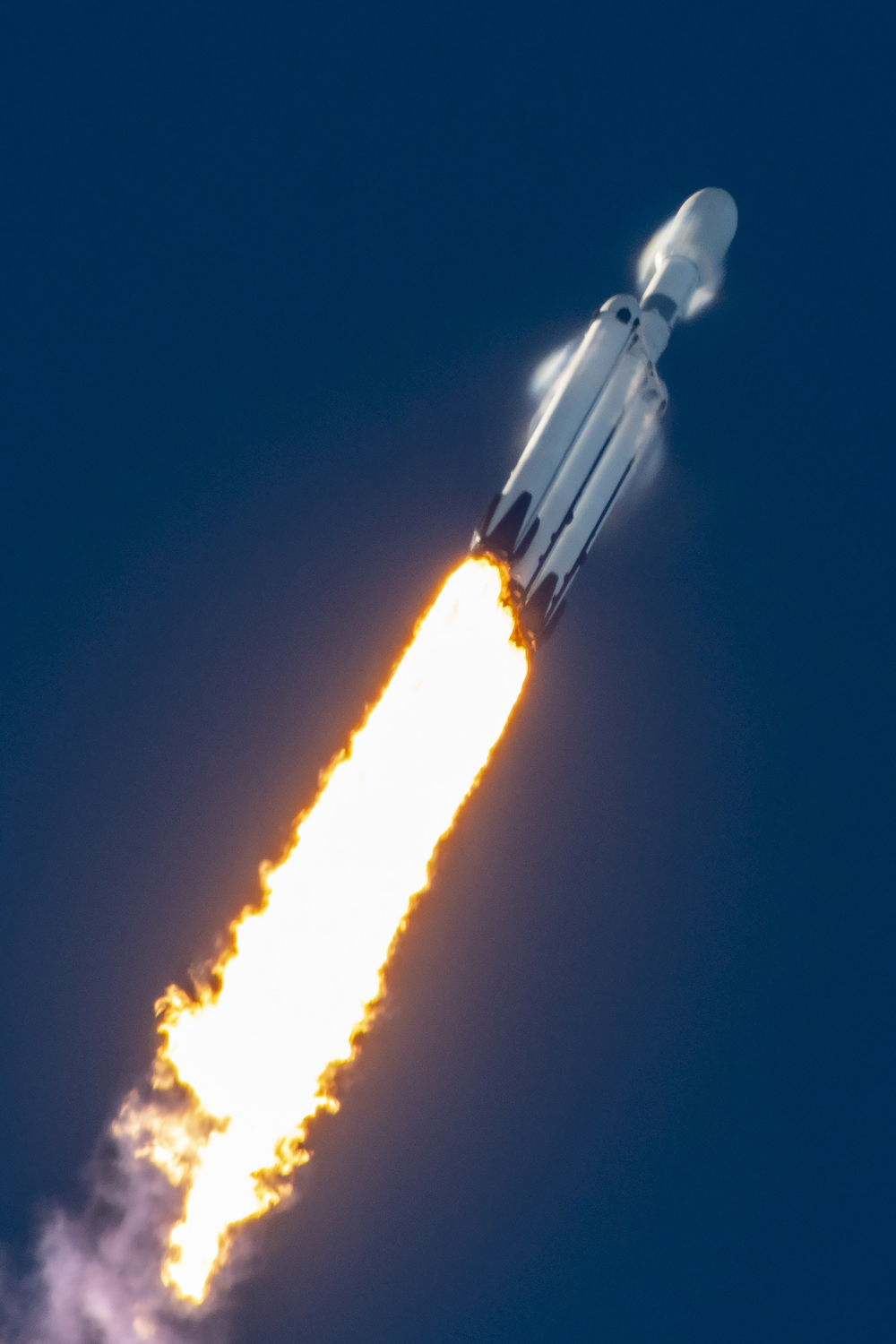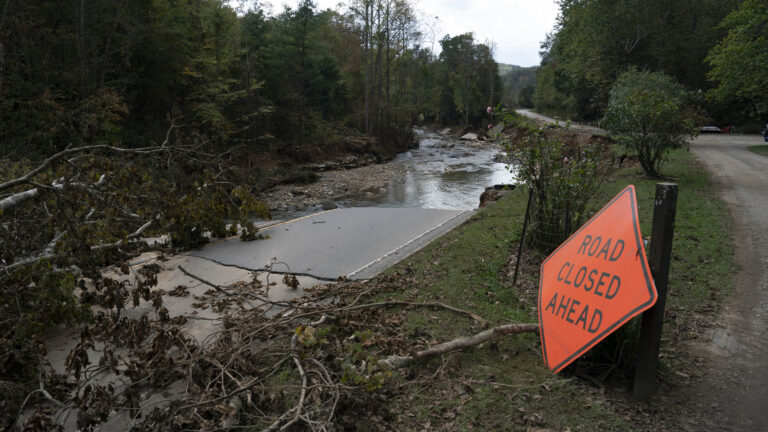Welcome to Edition 6.50 of the Rocket Report! SpaceX launched its 10th Falcon Heavy rocket this week with the GOES-U weather satellite for NOAA, and this one was a beauty. The late afternoon timing of the launch and atmospheric conditions made for great photography. Falcon Heavy has become a trusted rocket for the US government, and its next flight in October will deploy NASA's Europa Clipper spacecraft on the way to explore one of Jupiter's enigmatic icy moons.
As always, we welcome reader submissions, and if you don't want to miss an issue, please subscribe using the box below (the form will not appear on AMP-enabled versions of the site). Each report will include information on small-, medium-, and heavy-lift rockets as well as a quick look ahead at the next three launches on the calendar.

Sir Peter Beck dishes on launch business. Ars spoke with the recently knighted Peter Beck, founder and CEO of Rocket Lab, on where his scrappy company fits in a global launch marketplace dominated by SpaceX. Rocket Lab racked up the third-most number of orbital launches by any US launch company (it's headquartered in California but primarily assembles and launches rockets in New Zealand). SpaceX's rideshare launch business with the Falcon 9 rocket is putting immense pressure on small launch companies like Rocket Lab. However, Beck argues his Electron rocket is a bespoke solution for customers desiring to put their satellite in a specific place at a specific time, a luxury they can't count on with a SpaceX rideshare.
Ruthlessly efficient ... A word that Beck returned to throughout his interview with Ars was "ruthless." He said Rocket Lab's success is a result of the company being "ruthlessly efficient and not making mistakes." At one time, Rocket Lab was up against Virgin Orbit in the small launch business, and Virgin Orbit had access to capital through billionaire Richard Branson. Now, SpaceX is the 800-pound gorilla in the market. "We have a saying here at Rocket Lab that we have no money, so we have to think. We've never been in a position to outspend our competitors. We just have to out-think them. We have to be lean and mean."





 Loading comments...
Loading comments...
